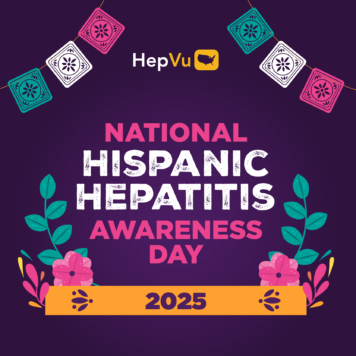Selected and summarized by Ronald O. Valdiserri, MD, MPH, Professor, Department of Epidemiology, Rollins School of Public Health, Emory University, and Co-Chair of HepVu.
Dr. Valdiserri reviews significant articles on prevention, public health, and policy advances in viral hepatitis. This month, he highlights “Screening rates for hepatitis B and C among low-income US veterans: Data from the National Veteran Homeless and Other Poverty Experiences Study.” H.A. Beydoun, J. Tsai. Journal of Viral Hepatitis 2024; 31: 601-613.
What question(s) does this study address?
Persons who experience homelessness have decreased access to needed clinical and preventive services as well as increased rates of various infectious diseases, including viral hepatitis. In 2022, the U.S. Department of Housing and Urban Development along with the Department of Veterans Affairs (VA) estimated that there were over 33,000 homeless Veterans in the U.S.
Using cross-sectional data from the National Veterans Homeless and Other Poverty Experiences (NV-HOPE) study, a nationally representative sample of low-income U.S. veterans, nearly 20% of whom report experiencing homelessness, Beydoun and Tsai reported on rates of screening for HBV and HCV within this population.
What are the major findings of this report/article?
- The study population consisted of 933 veterans aged 18 years and older who were living in households less than 300% of the 2021 federal poverty level.
- Self-reported data on HBV and HCV screening rates (i.e., “in your lifetime, have you ever been tested…”) were obtained from the 2021-2022 NV-HOPE study participants.
- 9% of participants reported they’d ever been tested for HBV and 20.6% reported they’d ever been tested for HCV.
- NV-HOPE veterans aged 50-79 years were three times more likely to report having ever been tested for HBV or HCV compared to those aged 80 years and older.
- A history of HIV infection was associated with a greater likelihood of having ever been tested for HBV and HCV.
- Self-reported screening rates for HBV and HCV were considerably lower among NV-HOPE veterans compared to the general population of veterans who sought VA healthcare services during the same time period. Among the latter, data from VA electronic medical records documented HBV screening rates of 47.3% and HCV screening rates of 92.9%.
- Fewer than on-third of low-income US veterans have ever been screened for HBV or HCV.
What are the implications for the prevention and control of viral hepatitis?
- These data document that the majority of low-income US veterans are not receiving recommended HBV and HCV screening services.
- In general, poor and low-income individuals are much less likely to receive recommended clinical preventive services compared to those with higher incomes.
- Improving rates of HBV/HCV screening, treatment, and vaccination (for HBV) among low-income individuals, including those who experience homelessness, will require targeted strategies such as mobile screenings in homeless encampments and offering vaccines at sites that are convenient for homeless populations.




